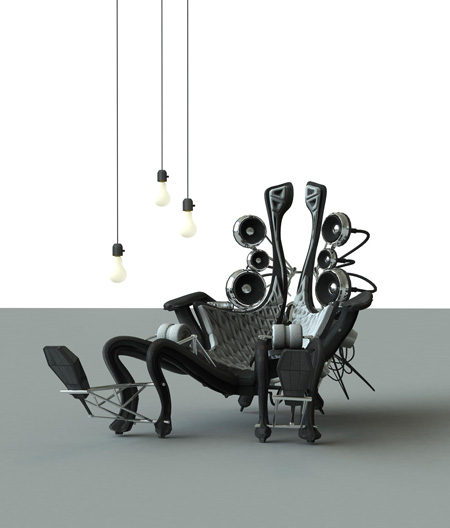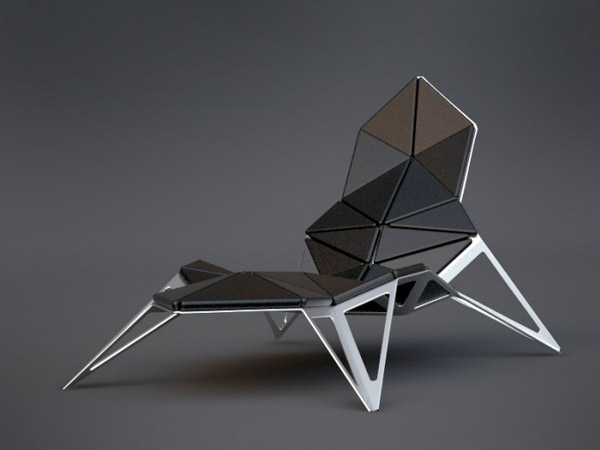

Apocalyptic Architecture, 2005
"Since the invention of nuclear weapons and the possibility of destroying the entire civilisation, many protective structures were built. The notion of the shelter became the main strategy for the survival of civilisation. Many dystopian visions seemed to become reality and humans had to live underground beneath the uninhabitable surface.
This research project investigates these structures and their relation to society during the Cold War, as well as their relevance today. Some of them are hidden as they were kept secret and some are hidden inside other structures.
Digging under the surface of the Cold War means bringing something forward that might lie under everyday structures. (Images: US Office of Civil Defence, Public Shelter Designs, 1960s)"
Basically at the beginning of the most tense years of the Cold War (1962 Cuban missile crisis, through the 70s and 80s) architecture reverted to the fundamental idea of shelter.



On a purely graphics note, these are done using watercolor and fine-liner, using colour as a way of blurring out the background and highlighting the nuclear shelters!

































